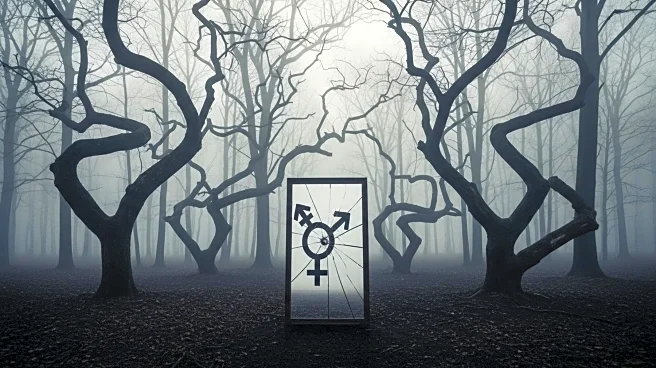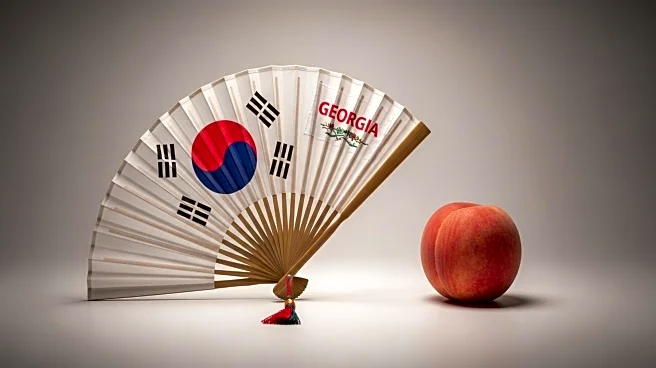What's Happening?
The fashion world is witnessing a new trend with the emergence of Tabi nails, inspired by the iconic Tabi shoe design. Originating from 15th-century Japan, the Tabi shoe gained popularity in the fashion industry when Maison Margiela introduced Tabi boots in 1988. The distinctive split-toe design has now transcended footwear, influencing nail art. Tabi nails mimic the cloven shape of the shoe, featuring long extensions with vertical splits. Nail artists are experimenting with various embellishments, including bows, 3D charms, and textured finishes. The trend has sparked diverse opinions, with some fashion enthusiasts embracing the unique design, while others remain skeptical. The Allure staff expressed mixed feelings, highlighting the polarizing nature of Tabi nails within the beauty community.
Why It's Important?
The rise of Tabi nails signifies the fashion industry's continuous evolution and its ability to draw inspiration from historical designs. This trend reflects the industry's push towards creativity and individuality, encouraging consumers to explore unconventional beauty standards. The debate surrounding Tabi nails underscores the subjective nature of fashion and beauty, where personal preferences play a significant role. As the trend gains traction, it could influence nail art practices and consumer choices, potentially leading to increased demand for innovative nail designs. The fashion industry's embrace of Tabi nails highlights its capacity to challenge traditional aesthetics and promote diverse expressions of style.











